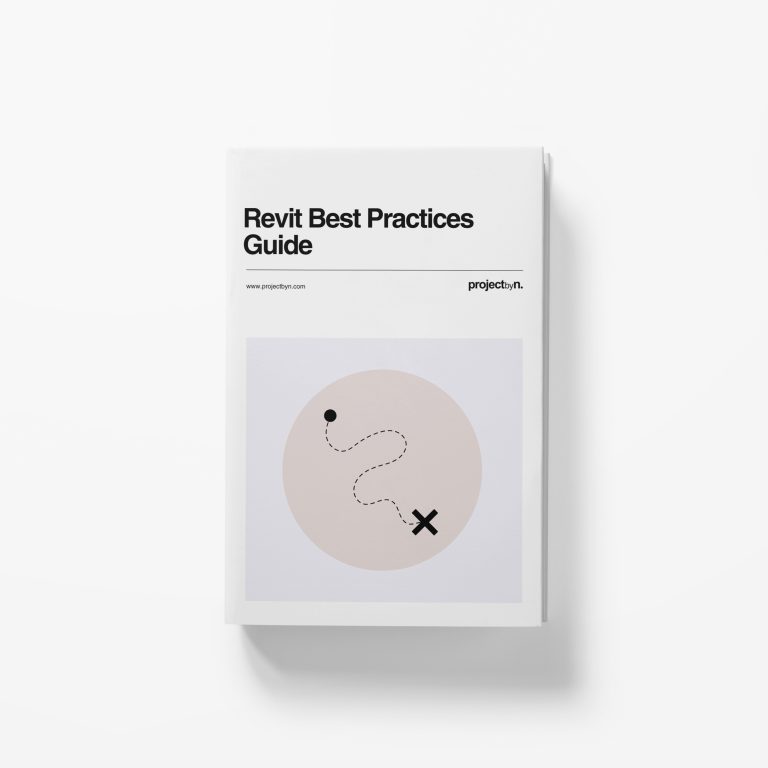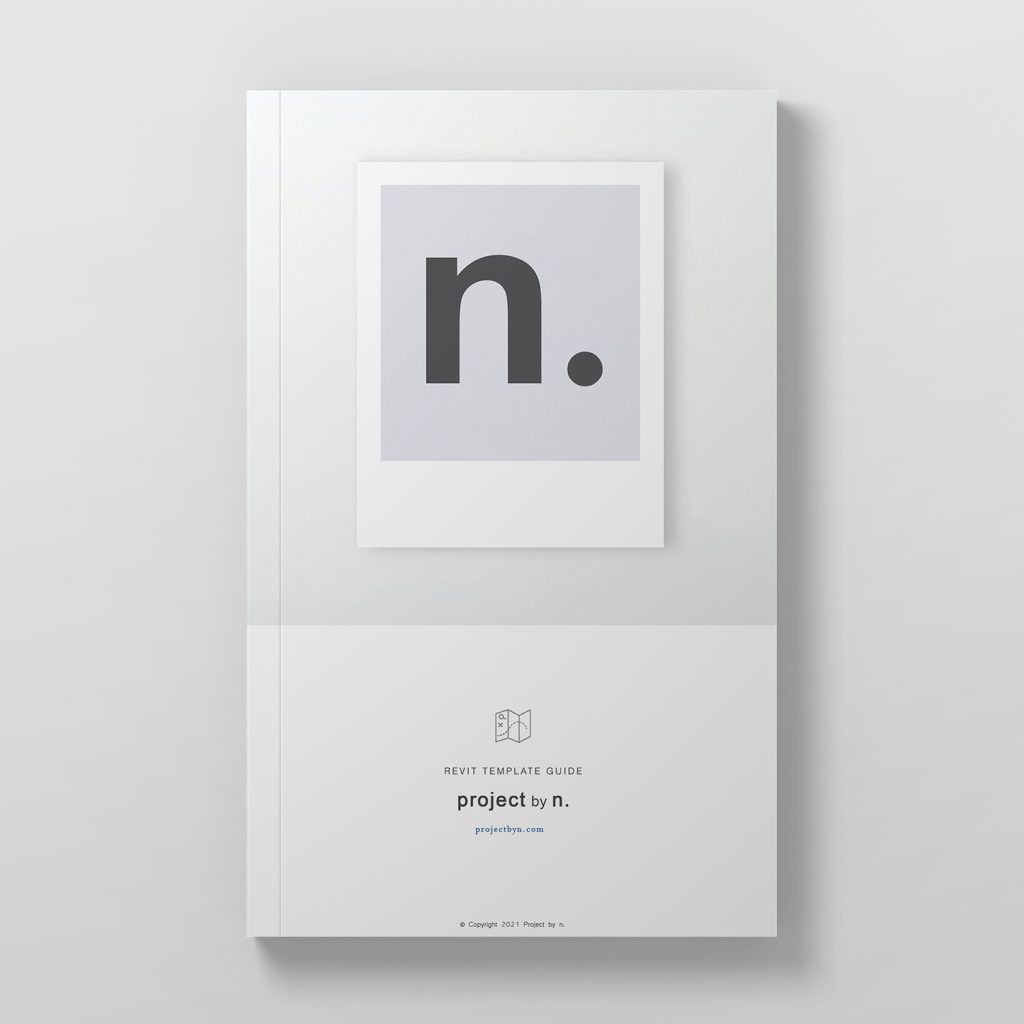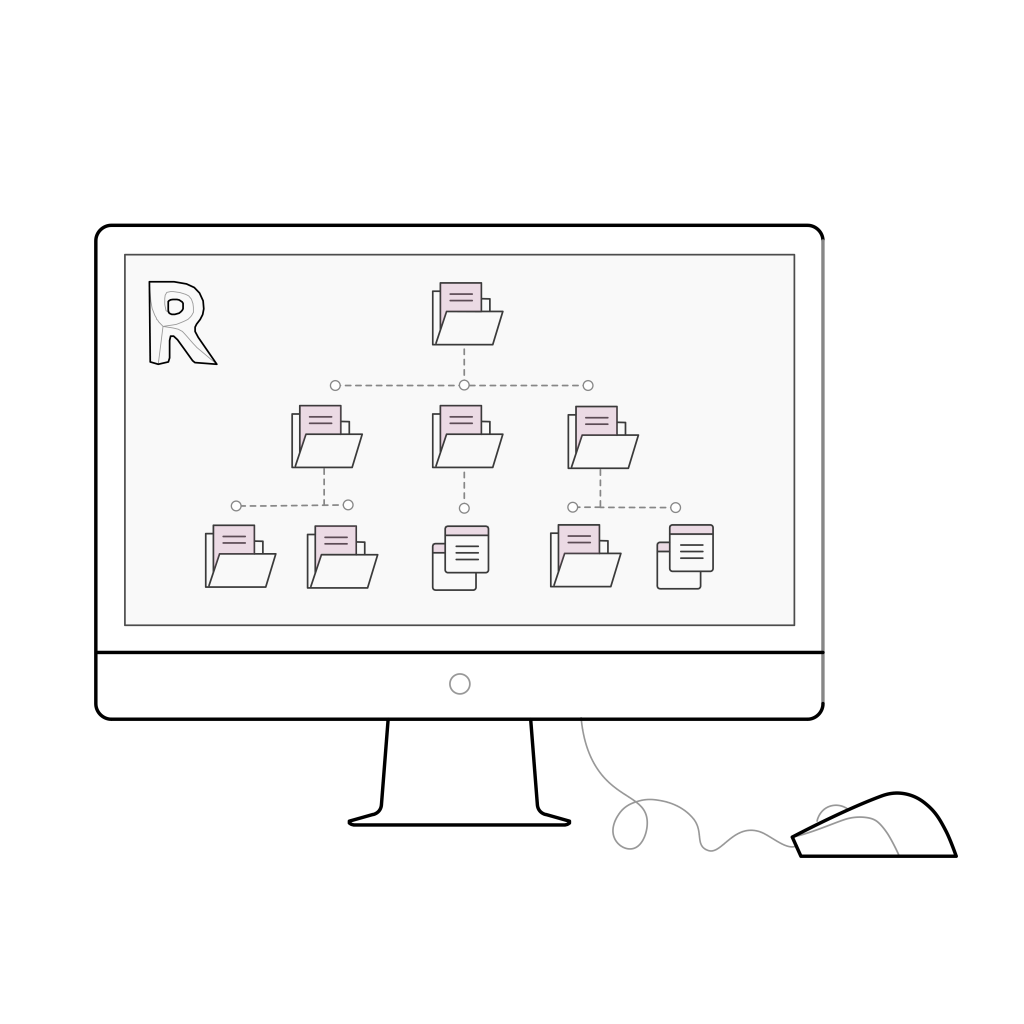
Documenting your BIM Standards, Protocols, and Workflows is one of the most effective ways to maintain quality and consistency across projects, especially as your team transitions to Revit.
Well-structured BIM Standards help you work efficiently, reduce errors, and support team training across multiple projects.
Here’s a BIM Standards Checklist to get you started:
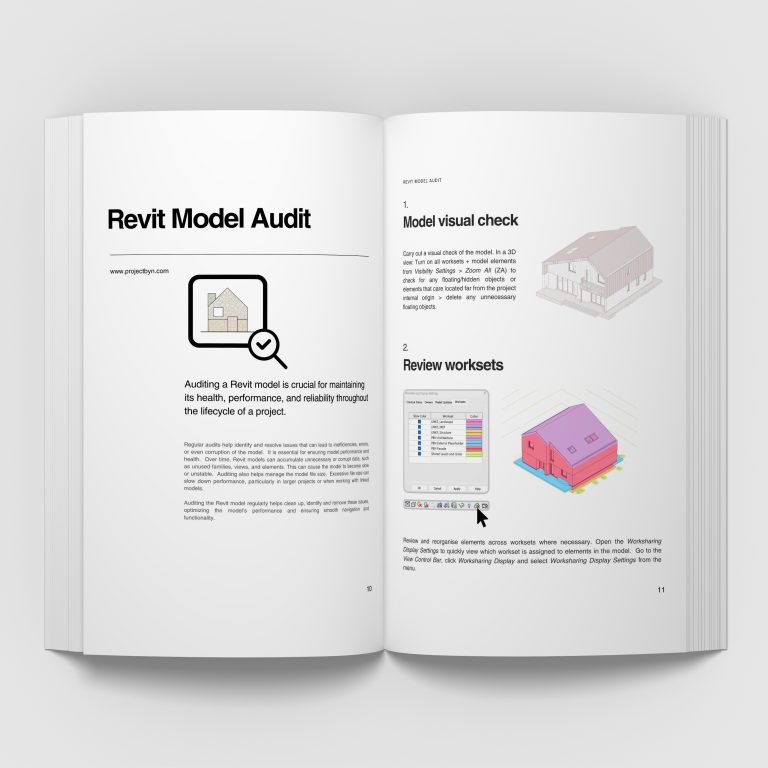
Your BIM Protocols set out how your practice uses BIM day-to-day. These should clearly document how models are created, reviewed, and shared.
Model Auditing Protocol: Define how and when audits are carried out to keep your model clean, coordinated, and compliant with your standards.
Model Issue Protocol: Outline how models are issued internally and externally, including version control, file naming, and transmittal procedures.
Model Exchange Protocol: Document how models are exchanged with consultants, including linked model management and file formats.
Creating a New Model: Provide a clear step-by-step process for starting new projects from your Revit Template to ensure consistent setup and file structure.
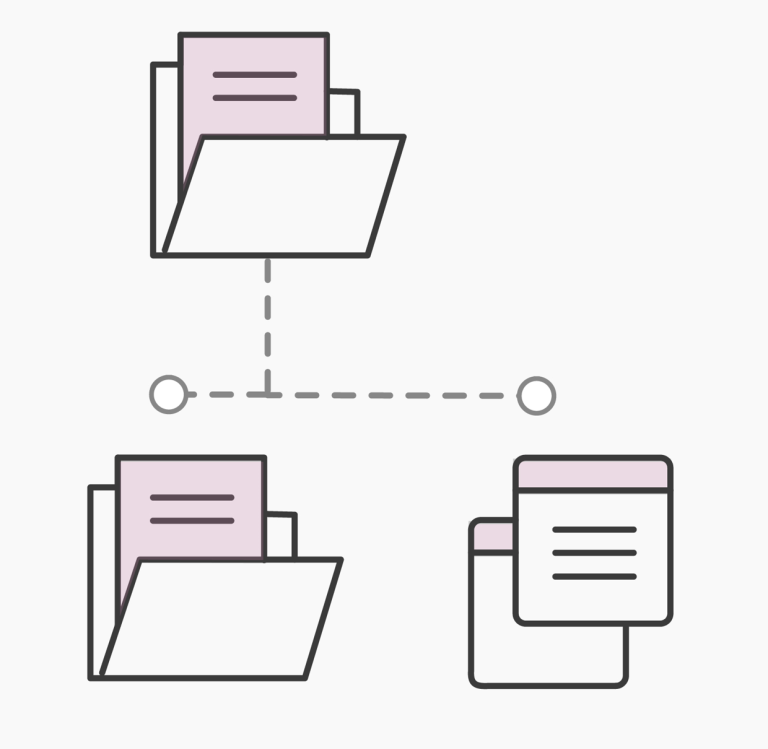
Good organisation underpins every efficient Revit workflow. Documenting these standards ensures everyone works consistently.
BIM Folder Structure: Standardise how project folders are organised to simplify navigation and backups.
View + Sheet Naming Conventions: Use consistent naming to make finding, sorting, and managing views intuitive and ISO-compliant.
Family + Group Naming Conventions: Define a logical structure for Revit family names to improve searchability and consistency across your library.
View Template Naming Conventions: Keep graphical output consistent by naming and managing view templates systematically.
How to Use the Revit Template: Include practical guidance on using your practice’s Revit Template correctly, including title blocks, annotations, and view templates.
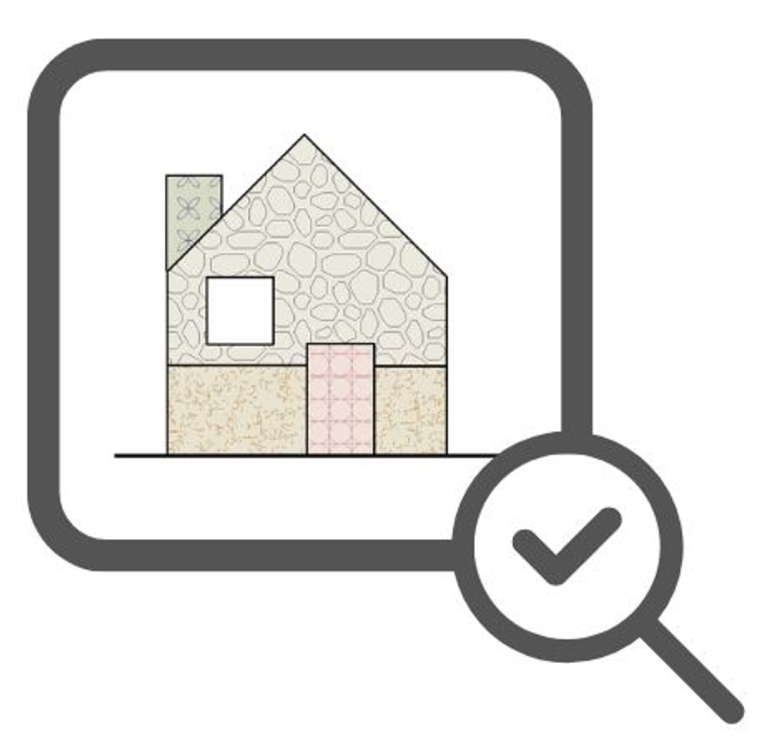
BIM is not a one-time setup, it requires regular maintenance to ensure optimal performance and reliability.
Model Maintenance: Schedule regular housekeeping tasks such as purging unused elements, compacting models, and resolving warnings.
Optimising Model Performance: Follow best practices for model efficiency, including file size management, linked models, and hardware performance.
Family Creation + Auditing Procedure: Develop clear rules for creating, testing, and approving new Revit families to maintain quality across your library.
A well-defined BIM Standard is more than a manual, it’s a framework that improves coordination, training, and project delivery. By documenting your standards early, your team can focus on design quality rather than troubleshooting model issues.
For more useful Revit tips and tricks, see our blog posts below or follow us on social media: instagram and linkedin.
We provide a full suite of custom Revit Filled Regions with our PRO and LITE Revit Templates. Find out more by downloading our FREE Revit Template Guide from our Home Page.
